An effective ecommerce store design is crucial for online business success, balancing functionality and affordability to attract and retain customers. By understanding consumer behavior, brands can create visually appealing stores with fast navigation, secure transactions, and user-friendly features like search/filtering options. Cost-effective strategies include versatile themes, optimized product pages, mobile responsiveness, and strategic marketing tactics. A strong ecommerce store design focuses on simplicity, quality visual assets, and seamless user experiences. Utilizing open-source platforms like WordPress or Shopify's basic plans allows for scalability while keeping costs low. Essential functionalities like clear navigation, wishlists, and secure payment gateways enhance customer satisfaction and loyalty. Integrating live chat and knowledge bases further improves the ecommerce store design's effectiveness without significant expenses. Analytics tools help measure success and inform data-driven growth strategies.
In today’s digital landscape, creating an affordable e-commerce store design is no longer a luxury but a necessity. This comprehensive guide explores the essential elements of building a successful online retailer on a budget. From choosing the right platform to implementing cost-effective branding and marketing strategies, we’ll navigate you through every step. Discover key components, visual tips, and user experience optimization techniques to launch a competitive e-commerce store without breaking the bank.
Understanding Affordable E-commerce Store Design: A Market Perspective
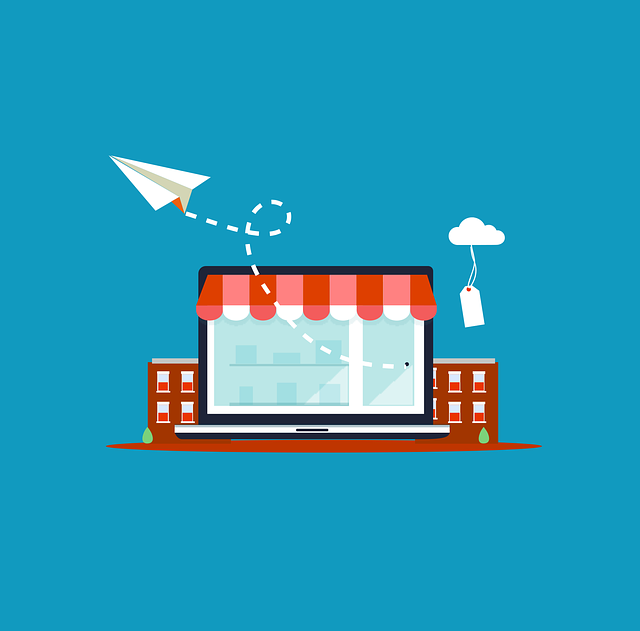
In today’s digital landscape, an e-commerce store design that balances functionality and affordability is a game-changer for businesses looking to thrive online. From small startups to established brands, crafting an accessible yet visually appealing store is crucial for attracting and retaining customers in a highly competitive market. Understanding consumer behavior and market trends is essential; a well-designed e-commerce platform should not only reflect the brand’s identity but also cater to user expectations of speed, ease of navigation, and secure transactions.
The concept of affordable design doesn’t mean sacrificing quality or aesthetics. On the contrary, it involves leveraging cost-effective solutions that enhance user experience without breaking the bank. This includes choosing versatile themes, optimizing product pages for faster loading times, implementing responsive designs for mobile users, and integrating user-friendly search and filtering options. By adopting these strategies, businesses can create a robust online presence, ensuring their e-commerce store design is not just visually appealing but also practical and efficient, ultimately driving sales and fostering customer loyalty.
Key Components of a Successful Low-Cost Online Retailer Layout
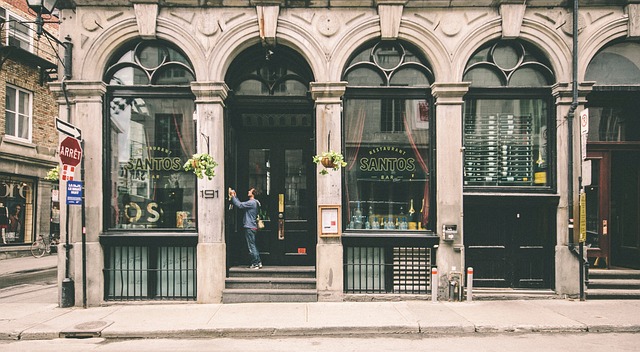
A successful low-cost online retailer layout is built on a strong foundation of key components, tailored to effectively showcase products and engage customers. The first essential element is a clean and intuitive navigation system. This allows users to easily explore categories, find specific items, and streamline their shopping experience. Simple menus, clear categorization, and search functionality are non-negotiable.
Visual appeal plays a significant role in ecommerce store design, even on a budget. High-quality product images, well-designed banners, and strategically placed calls-to-action (CTAs) can significantly enhance the user experience. A balanced layout that prioritizes white space, ensures mobile responsiveness, and optimizes for fast loading times are also crucial. These techniques not only improve aesthetics but also boost customer satisfaction and conversion rates.
Visual Branding on a Budget: Tips for Cost-Effective Aesthetics
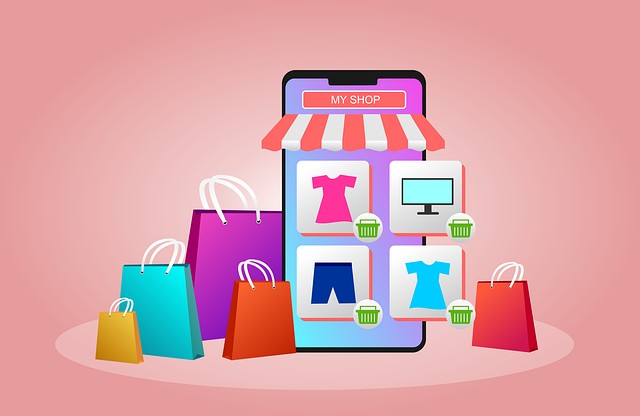
Creating an appealing visual branding for your e-commerce store doesn’t have to break the bank. With a bit of creativity and strategic thinking, you can achieve stunning aesthetics that attract customers and boost sales. Start by defining your brand identity and choosing a color palette that aligns with your business personality; this foundation will guide your design decisions and help maintain visual consistency across all platforms.
Utilize free or affordable graphic design tools to create custom illustrations, logos, and icons. Many open-source images and royalty-free stock photos are readily available, offering a wide range of styles to suit different brand aesthetics. Additionally, consider incorporating typography as a design element; unique fonts can instantly elevate your store’s look without costing a fortune. Remember, simplicity often resonates with customers, so focus on quality over quantity when curating your visual assets.
Choosing the Right E-commerce Platform for Your Pocketbook
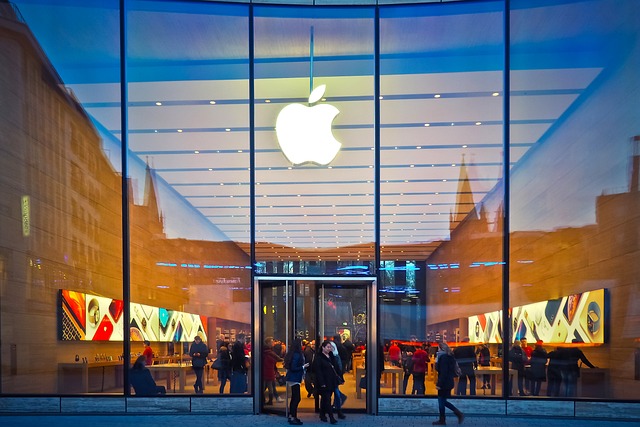
When designing an affordable e-commerce store, selecting the right platform is a strategic move that can make or break your online business. There are numerous options available, each catering to different budgets and technical requirements. For those on a tight budget, open-source platforms like WordPress with WooCommerce or Shopify’s basic plans offer cost-effective solutions without compromising functionality. These platforms provide an array of customizable themes and plugins, allowing you to create a unique online store that aligns with your brand identity while keeping costs low.
Moreover, considering the long-term scalability is essential. Some platforms charge additional fees for advanced features or as sales grow, so it’s crucial to choose one that adapts to your business’s needs without breaking the bank. By carefully evaluating your current and future requirements, you can find an e-commerce solution that offers a perfect balance between affordability and functionality, ensuring a seamless online shopping experience for your customers.
Optimizing User Experience: Navigation and Functionality Essentials
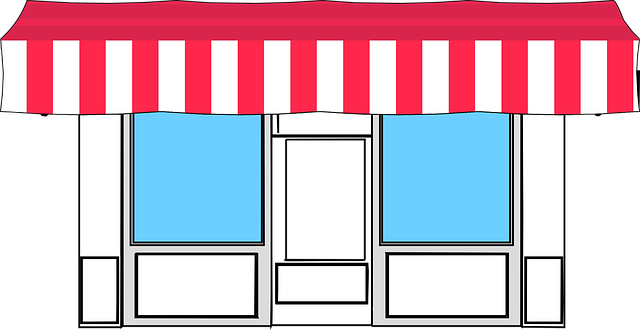
A well-designed ecommerce store isn’t just about aesthetics; it’s optimized for user experience (UX) to drive conversions and sales. Navigation is key—a clean, intuitive layout helps shoppers find what they want swiftly. This includes a prominent search bar, clear categories, and subcategories that reflect the products accurately. Easy navigation not only enhances UX but also reduces bounce rates.
Functionality plays an equally vital role. Ensure your ecommerce store design incorporates essential features like wishlists, easy checkout processes, product filters, and high-quality product images with zoom capabilities. These functionalities simplify the buying process, build trust in your brand, and ultimately lead to higher customer satisfaction and return business.
Marketing Strategies to Boost Sales Without Breaking the Bank

In the competitive world of e-commerce, boosting sales without a substantial budget is a challenge many online store owners face. However, strategic marketing can significantly impact your bottom line without breaking the bank. One effective approach is to leverage social media platforms. With creative content and targeted ads, you can reach a vast audience at minimal cost. User-generated content is another powerful tool; encourage customers to share their purchases and experiences on social media, fostering trust and inspiring potential new buyers.
Email marketing remains a reliable and affordable strategy. Build an email list and send personalized offers, product updates, and exclusive discounts. This direct communication channel allows for a more intimate connection with your audience. Moreover, optimizing your ecommerce store design for search engines is crucial. Utilize relevant keywords, meta descriptions, and high-quality visuals to enhance your site’s visibility on search engine result pages, driving organic traffic and increasing sales over time.
Integrating Payment Gateways: Secure Transactions on a Limited Budget

When designing an affordable e-commerce store, integrating secure payment gateways is essential for fostering customer trust and boosting sales. Even on a limited budget, there are numerous cost-effective options available that offer robust security features to ensure seamless transactions. Popular choices include Stripe and PayPal, which provide user-friendly interfaces and customizable integrations suitable for various business sizes and needs.
These platforms offer competitive pricing structures, with some even waiving transaction fees for lower sales volumes. By leveraging their APIs and SDKs, developers can easily incorporate payment processing into the e-commerce store design without incurring significant costs. Additionally, many third-party services specialize in providing secure payment solutions tailored to budget-conscious businesses, further enhancing the overall ecommerce store design experience for both merchants and customers alike.
Customer Support Solutions for Cost-Conscious Online Businesses

For cost-conscious online businesses, implementing robust customer support solutions is essential despite limited budgets. A simple yet effective strategy is to leverage live chat functionality integrated into the ecommerce store design. This real-time communication channel allows businesses to address customer queries promptly, enhancing user experience and boosting sales conversion rates.
Additionally, utilizing knowledge bases and FAQ sections within the website’s design can significantly reduce support ticket volumes. By providing easily accessible self-service resources, businesses can empower customers to find answers independently, freeing up resources for more complex issues. This approach not only saves costs but also fosters a sense of autonomy among shoppers, leading to increased customer satisfaction and loyalty in the long run.
Measuring Success: Analytics for Affordable E-commerce Growth

Measuring success is an integral part of any e-commerce strategy, especially for those operating on a budget. By utilizing analytics tools, affordable e-commerce store owners can gain valuable insights into customer behavior and market trends, enabling them to make data-driven decisions that drive growth. These insights help in understanding what products are performing well, identifying peak shopping times, and recognizing which marketing campaigns resonate with the target audience.
For an affordable e-commerce store design, tracking key performance indicators (KPIs) such as conversion rates, average order value, and customer lifetime value is crucial. Analytics platforms provide real-time data, allowing business owners to quickly adapt their strategies. For instance, identifying a sudden dip in sales could prompt an investigation into pricing, promotions, or changes in user experience, ensuring the store remains competitive and profitable.
